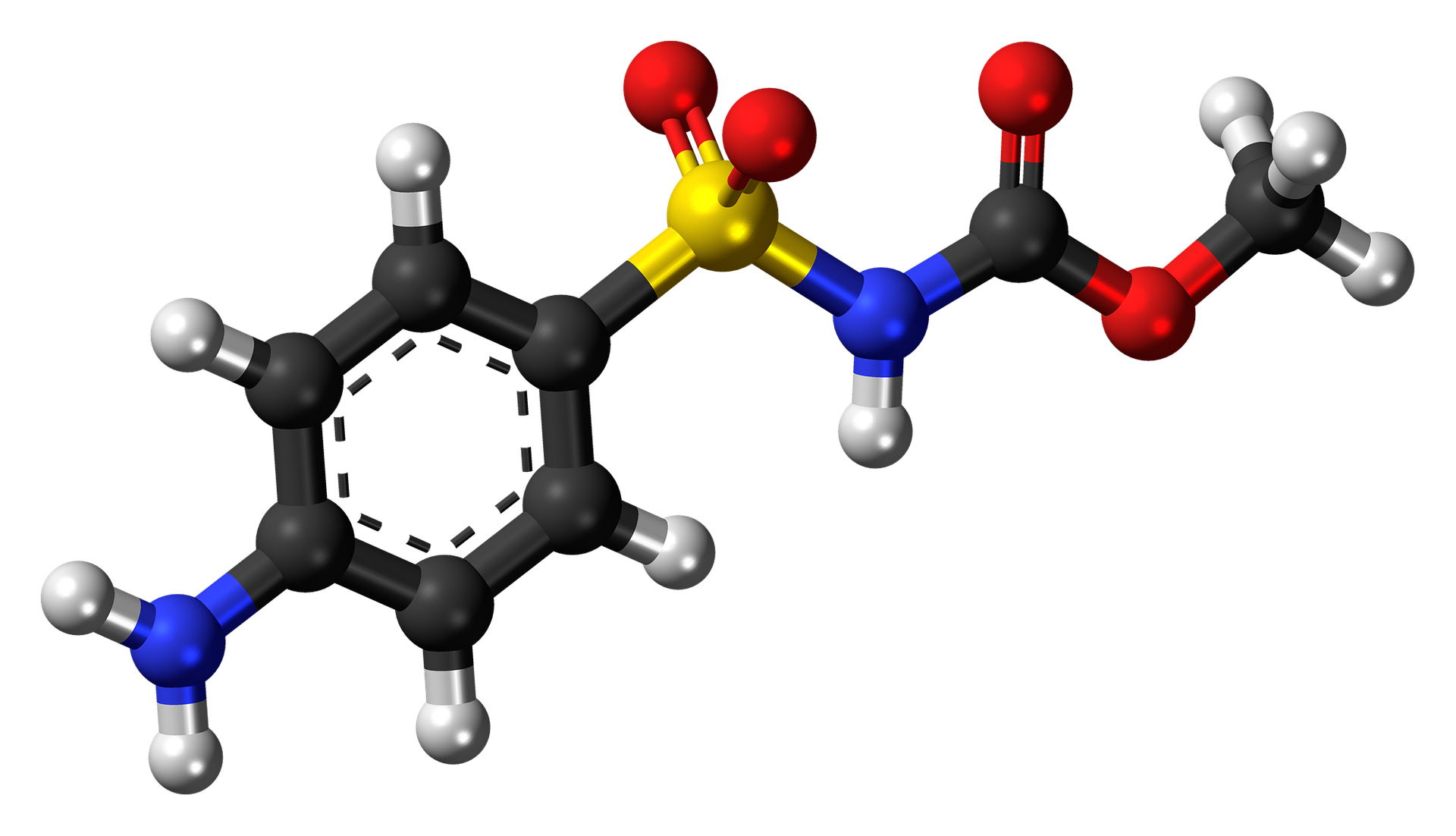All-natural herbicides, derived from plant-based ingredients, have gained popularity as an alternative to conventional chemical herbicides.
These natural solutions are often perceived as safer for the environment, human health, and beneficial organisms.

They’re often used as an alternative to synthetic chemicals and can be incredibly effective when they are used properly.
But what is the science behind their effectiveness?
All-natural herbicides typically contain active ingredients derived from plant extracts, essential oils, or organic acids.
The ingredients in an all natural herbicide have natural properties that interfere with the growth and development of unwanted plants, making them effective herbicides.
For example, vinegar, a common ingredient in natural herbicides, contains acetic acid, which acts as a desiccant, drying out and killing plant tissues on contact.
Essential oils like clove oil or citrus oil contain compounds that can disrupt cell membranes and inhibit plant growth.
By understanding the active ingredients and their specific modes of action, manufacturers can develop formulations that target a wide range of weed species.
All-natural herbicides work through various modes of action to control weeds. Some herbicides act by interfering with the photosynthesis process, blocking the production of energy that plants need for growth.
Read Also :
Others disrupt cellular processes or inhibit enzyme activity, leading to the death of targeted plants.
The mode of action of natural herbicides is specific to the active ingredients they contain.
By selecting herbicides with different modes of action, farmers and gardeners can target a broader spectrum of weed species and prevent the development of herbicide-resistant plants.
Natural herbicides can have either contact or systemic action.
Contact herbicides primarily work on the plant tissues they come into direct contact with, causing immediate damage and killing the exposed parts.
These herbicides are effective for controlling annual weeds or tender seedlings.
On the other hand, systemic herbicides are absorbed by the plant and transported throughout its tissues, including the roots.
Systemic herbicides are effective against perennial weeds, as they can reach the underground parts and inhibit regrowth.
The effectiveness of an all-natural herbicide depends on whether it acts primarily through contact or systemic action and the target weed species.
The concentration of the active ingredients and the method of application play a crucial role in the effectiveness of natural herbicides.
Different weed species have varying degrees of susceptibility to herbicides, and the concentration must be appropriate to achieve optimal control.
Applying herbicides at the right time, when the target plants are actively growing and most susceptible, enhances their efficacy.
Additionally, proper coverage and uniform application are essential to ensure that all parts of the target plants are adequately treated.
Careful attention to concentration and application techniques is necessary to achieve the desired weed control results.
All-natural herbicides can effectively control certain types of weeds depending on their life cycle.
For example, natural herbicides are often effective against annual weeds that have shallow root systems and rely on vegetative growth for reproduction.
These herbicides can kill the above-ground parts of the plant and prevent seed production, reducing the weed’s ability to spread.
Perennial weeds, with their extensive root systems, are more challenging to control, as they can regenerate from underground parts.
However, systemic natural herbicides can penetrate into the roots and inhibit regrowth, providing control over time.
Understanding the life cycle of the target weeds and selecting the appropriate all-natural herbicides can improve control efficacy.
Timing is crucial when using all-natural herbicides.
Applying the herbicide when weeds are in the early stages of growth before they have a chance to establish and spread, increases the chances of successful control.
Additionally, some natural herbicides may require repeated applications to achieve complete control.
This is especially true for perennial weeds with extensive root systems, as multiple applications may be necessary to deplete the energy reserves in the roots and prevent regrowth.
Understanding the timing and requirements of the specific herbicide being used is essential to maximize its effectiveness.
One of the main advantages of all-natural herbicides is their reduced impact on the environment.
Unlike synthetic chemical herbicides, natural herbicides break down more rapidly and have lower persistence in the soil and water.
This reduces the risk of environmental contamination and minimizes the impact on non-target organisms.
However, it is important to note that natural herbicides can still harm desirable plants if not used properly.
Care should be taken to avoid drift or unintended contact with sensitive plants.
Adhering to label instructions and using natural herbicides judiciously can help minimize any potential environmental risks.
If needed, cover other plants when using spray herbicides to prevent them from getting on other plants in the area. The cover can be removed as soon as the application is done.
While all-natural herbicides have demonstrated effectiveness in weed control, it is important to understand their limitations.
They may not provide the same level of immediate and broad-spectrum control as some synthetic chemical herbicides.
Additionally, the efficacy of natural herbicides can be influenced by environmental factors such as temperature, humidity, and sunlight.
However, when used correctly and in combination with other sustainable weed management practices like mulching or manual weeding, all-natural herbicides can be a valuable tool in promoting environmentally friendly weed control.
Labels for herbicides should include information about how to use them, the best time to use them, and more to help make sure they are as successful as possible.
The effectiveness of all-natural herbicides stems from their active ingredients, mode of action, concentration, application techniques, timing, and consideration of the target weed’s life cycle.
By understanding these factors and using natural herbicides judiciously, farmers and gardeners can effectively control weeds while minimizing the impact on the environment and human health.
Be sure to read the label of any herbicide before use to ensure safe practices and to make sure its use will be as effective as possible.
With the right help, it can be possible to limit synthetic chemicals in the garden yet still remove weeds and help plants thrive.